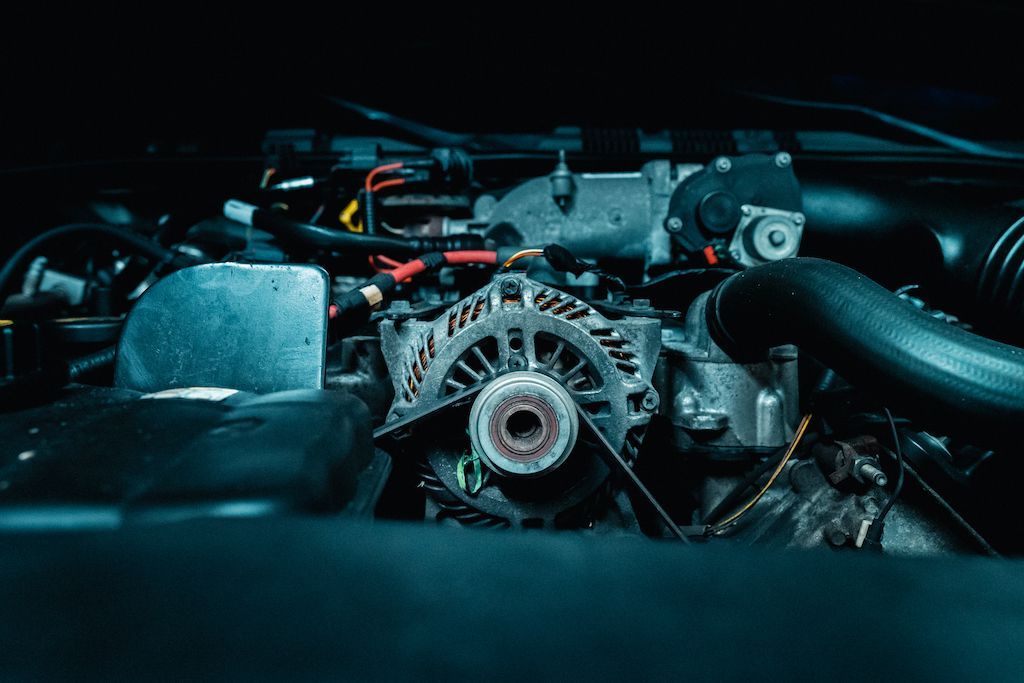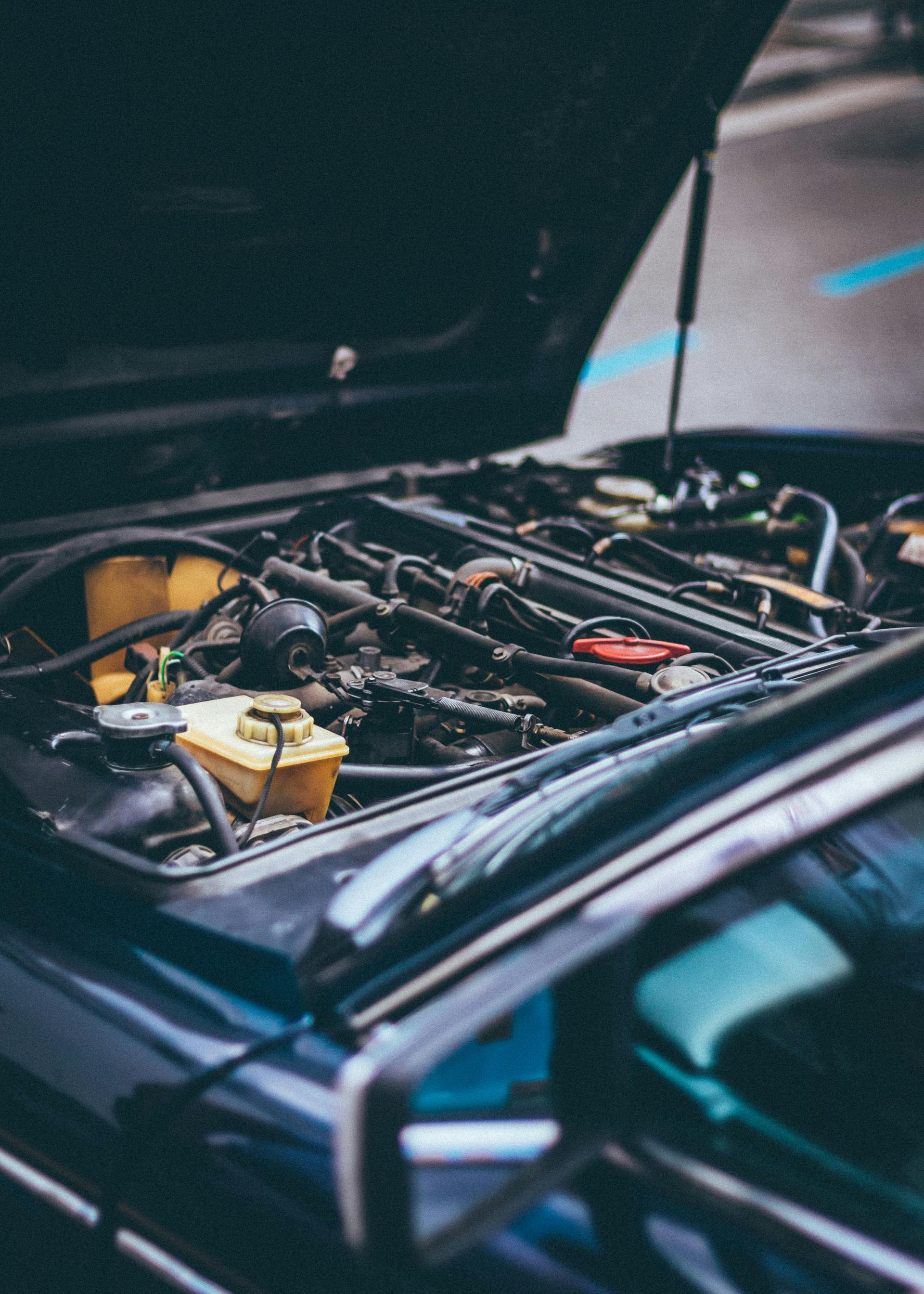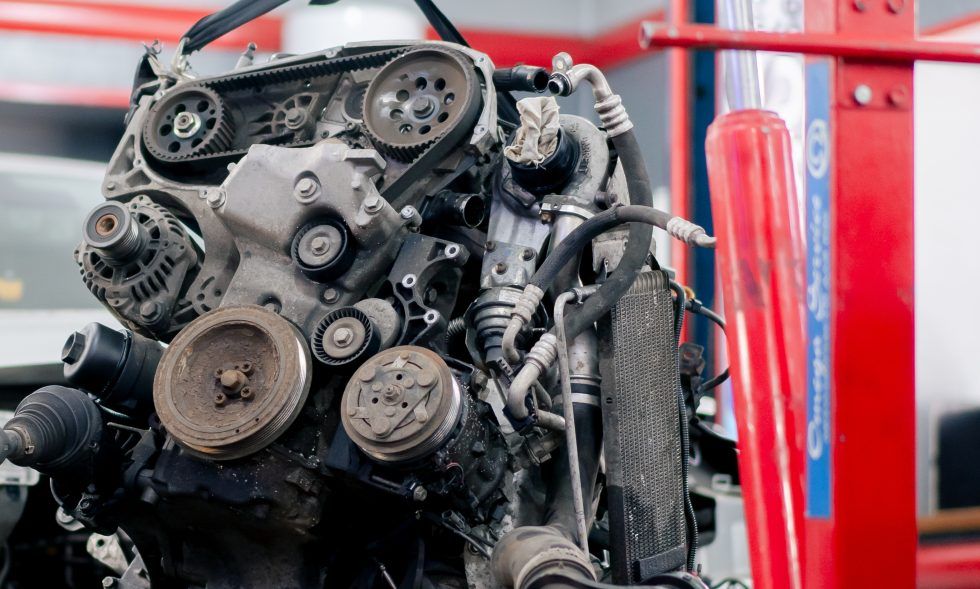Your car’s alternator is a crucial component of its electrical system, responsible for generating power to charge the battery and operate electrical systems while the engine runs. When your alternator starts to fail, it can lead to various issues that, if left unaddressed, could leave you stranded. Knowing the signs of a bad alternator can help you address the problem before it escalates. Here’s how to tell if your car alternator is going bad.

1. Dim or Flickering Lights
One of the earliest signs of a failing alternator is dim or flickering headlights and interior lights. This happens because your vehicle isn’t generating enough power to maintain consistent electrical output, causing your lights to operate below their optimal brightness.
2. Dead Battery
A dead battery doesn’t always mean you need a replacement. If your alternator isn’t recharging the battery while the car is running, the battery will drain quickly. To determine if the alternator is the issue, jump-start the car and monitor the battery’s charge. If it dies again after a short drive, the alternator may be to blame.
3. Alternator Warning Light on the Dashboard
Some modern cars have a warning light shaped like a battery or labeled “ALT” or “GEN” to indicate alternator problems. If this light illuminates, it’s a clear sign to have your alternator checked immediately.
4. Strange Noises
A failing alternator can produce unusual sounds such as grinding or whining. These noises may come from worn bearings or a misaligned pulley inside the alternator, which can signal that it’s time for a replacement or repair.
5. Electrical Failures
If your car’s electrical systems—like the radio, power windows, or seat heaters—begin to work intermittently or stop altogether, it could be due to a failing alternator. Since the alternator powers these systems, its malfunction will affect their performance.
6. Engine Stalling
A malfunctioning alternator can cause the engine to stall because it’s unable to provide the electrical power needed for the spark plugs to ignite the fuel in the engine. If your car stalls frequently, it’s worth investigating the alternator.
7. Burning Smell
A failing alternator can overheat, leading to a burning rubber or electrical smell. This often happens when the alternator’s belt is slipping or there’s an issue with the internal wiring.
How to Test Your Alternator
If you suspect your alternator is failing, you can perform a simple test:
- Start your car and let it idle.
- Turn on your headlights and other electrical accessories.
- Observe if the lights dim significantly when accessories are turned on.
- Use a multimeter to measure the battery voltage while the car is running. A healthy alternator should produce between 13.5 and 14.5 volts.
Common Alternator Problems
- Worn Belts: Alternator belts wear out over time, affecting the system’s performance.
- Faulty Voltage Regulator: A malfunctioning regulator can cause inconsistent voltage levels.
- Old Alternator Components: Components like brushes and diodes degrade with age, reducing alternator efficiency.
What to Do if Your Alternator is Bad
If you notice any of these symptoms, it’s essential to take action quickly:
- Visit a Mechanic: A professional can diagnose the issue accurately and recommend repairs or a replacement.
- Replace the Alternator: If your alternator is beyond repair, replacing it is the only option. Ensure you use a quality replacement to avoid future problems.
- Inspect the Battery: A failing alternator can damage your car battery, so have it tested as well.
Final Thoughts
The alternator is vital to your car’s performance and reliability. Ignoring the signs of a failing alternator can lead to costly repairs and inconvenient breakdowns. By staying vigilant and addressing issues early, you can keep your car running smoothly and avoid being stranded. If you’re unsure about the condition of your alternator, consult a trusted mechanic for a professional inspection.
At C&G Auto Center, our ASE certified technicians use state-of-the-art diagnostic tools to pinpoint problems quickly and efficiently using only high quality parts. Whether you need a diagnostic, alternator replacement, new belts, battery testing, or a complete electrical system check, we’ve got you covered.
For expert auto repair, visit C&G Auto Center. Schedule an appointment online or come in today!
- Phone: (407) 355-0638
- Address: 4155 W Oak Ridge Rd Orlando, Fl 32809
- Hours: Monday to Friday, 7:00 AM – 6:00 PM
Follow us on Facebook for more helpful car care tips and deals on our services


